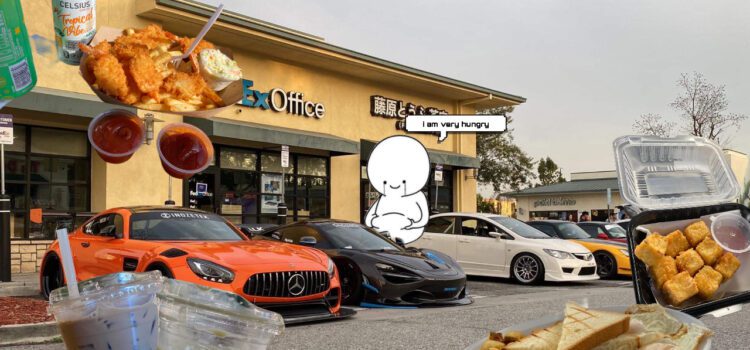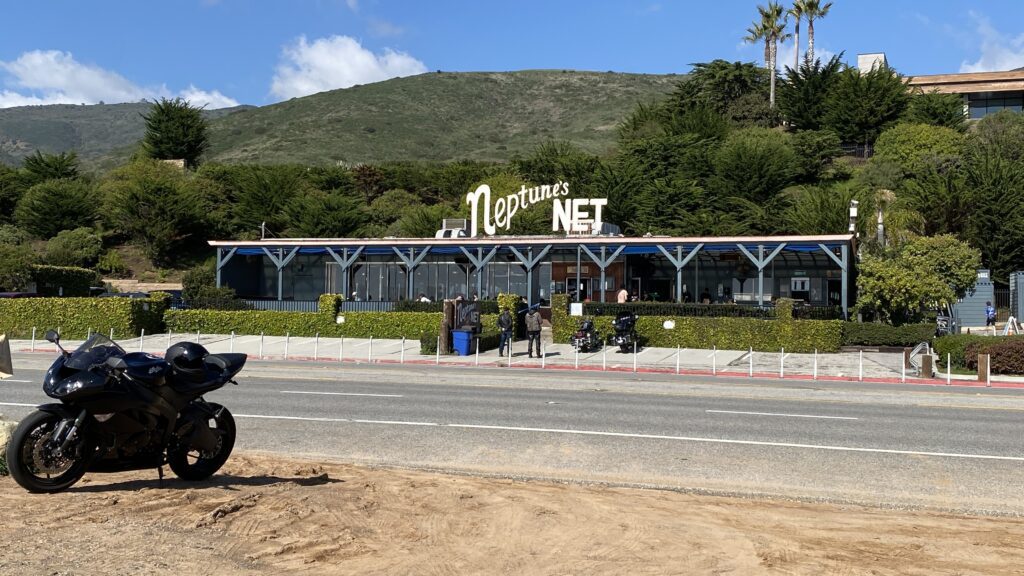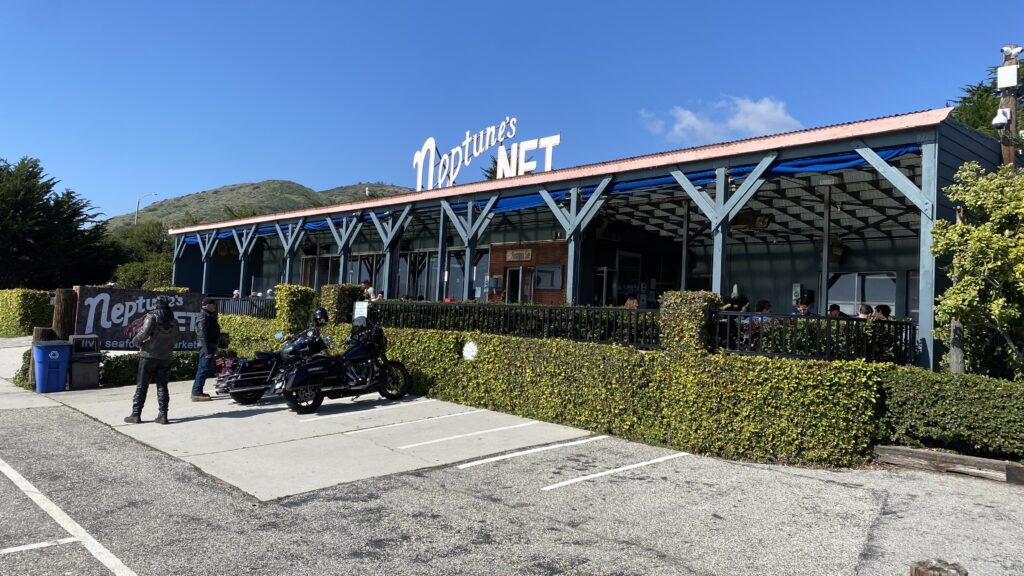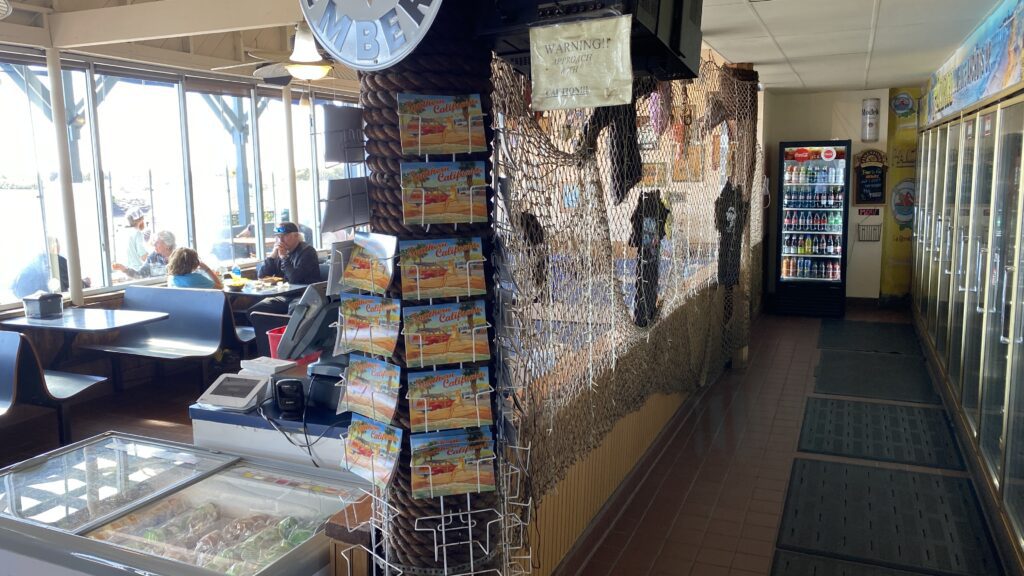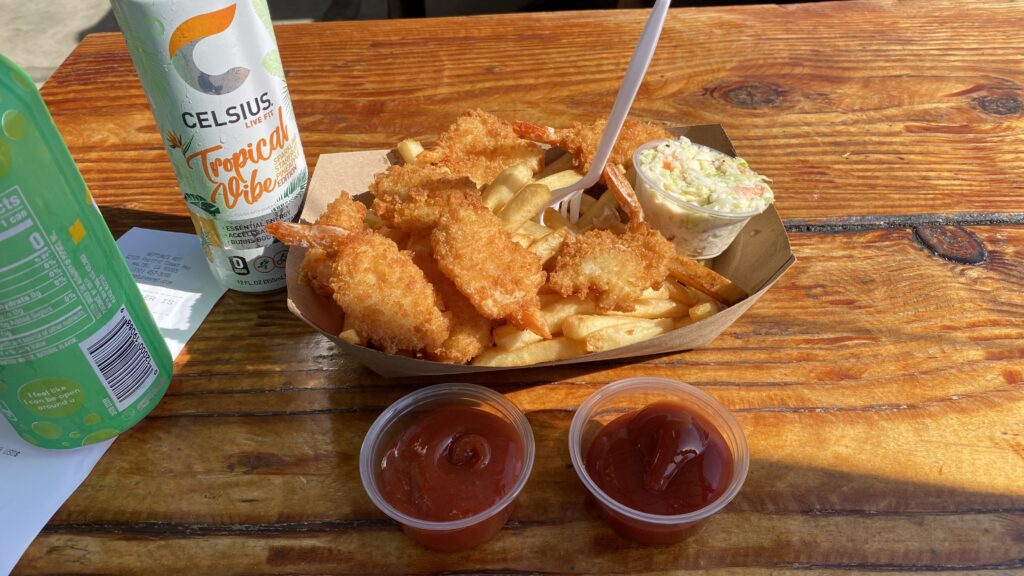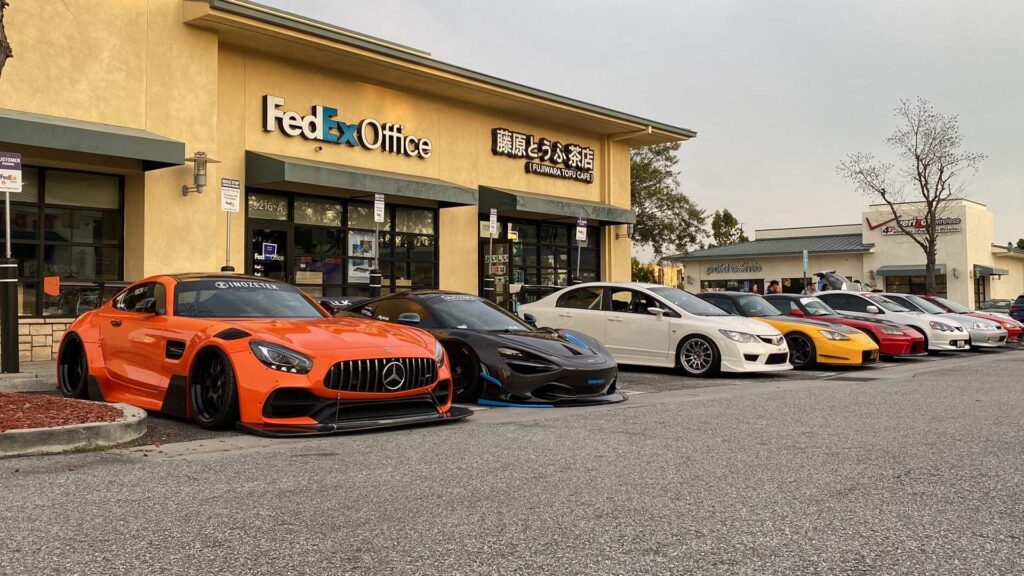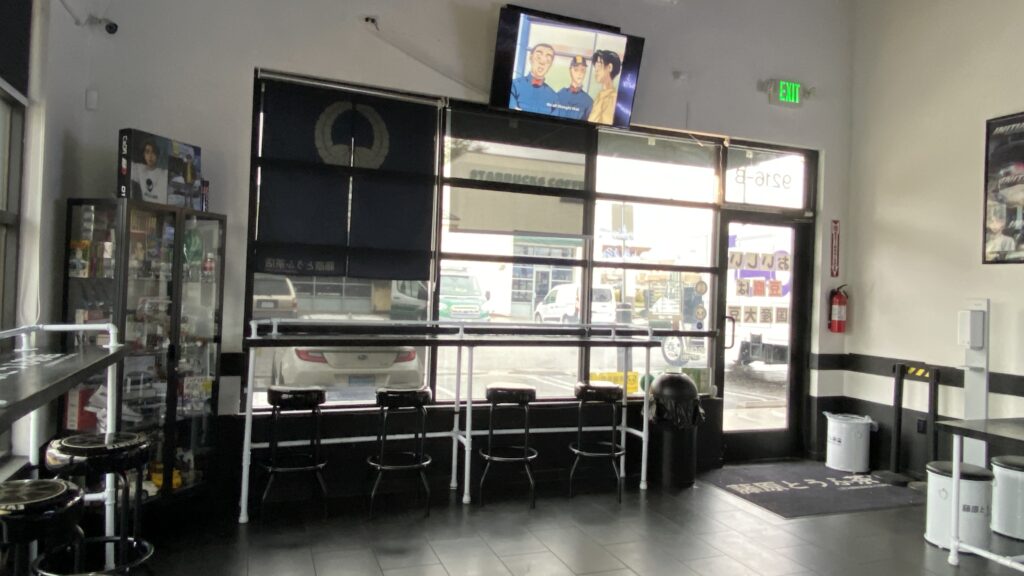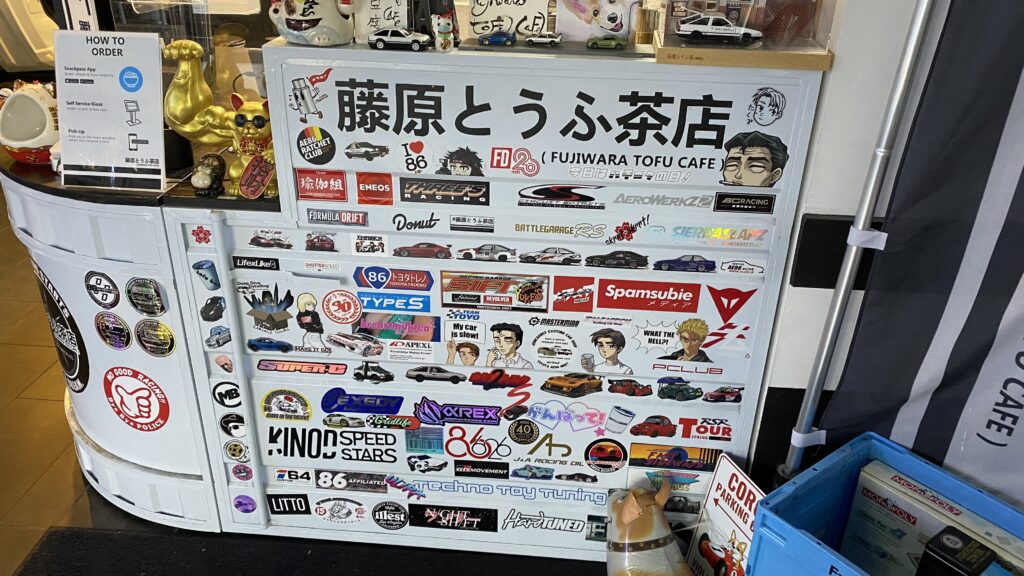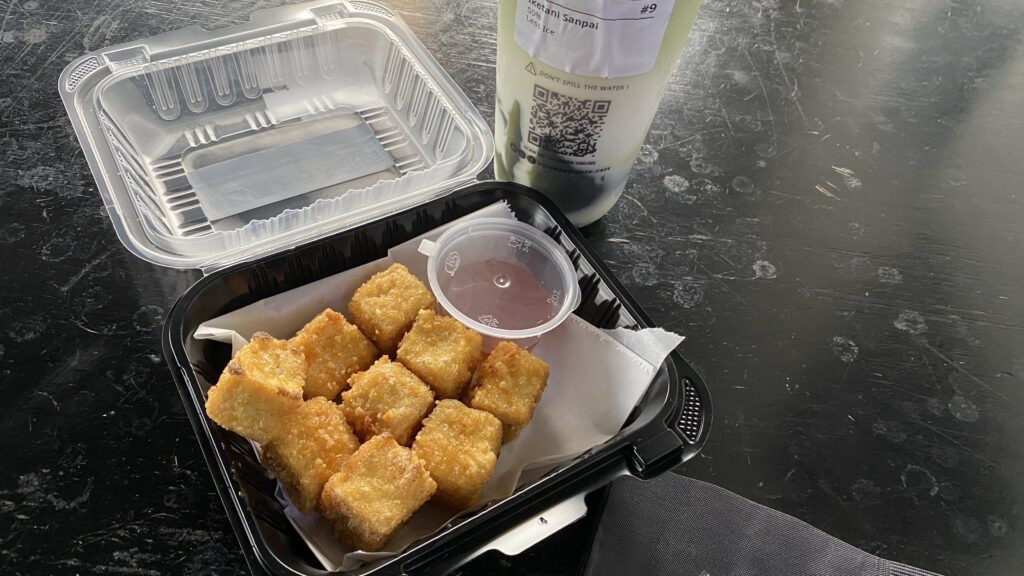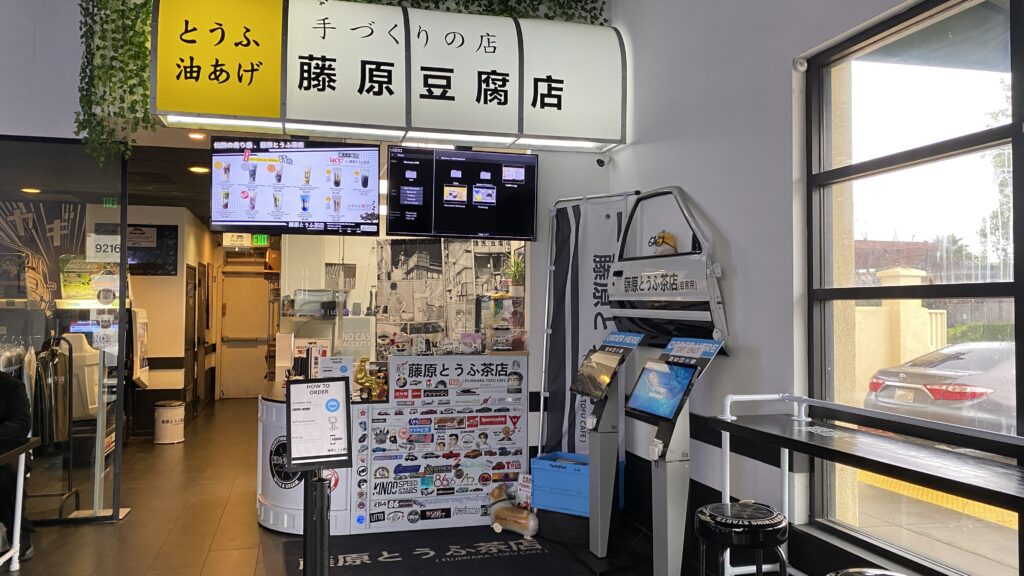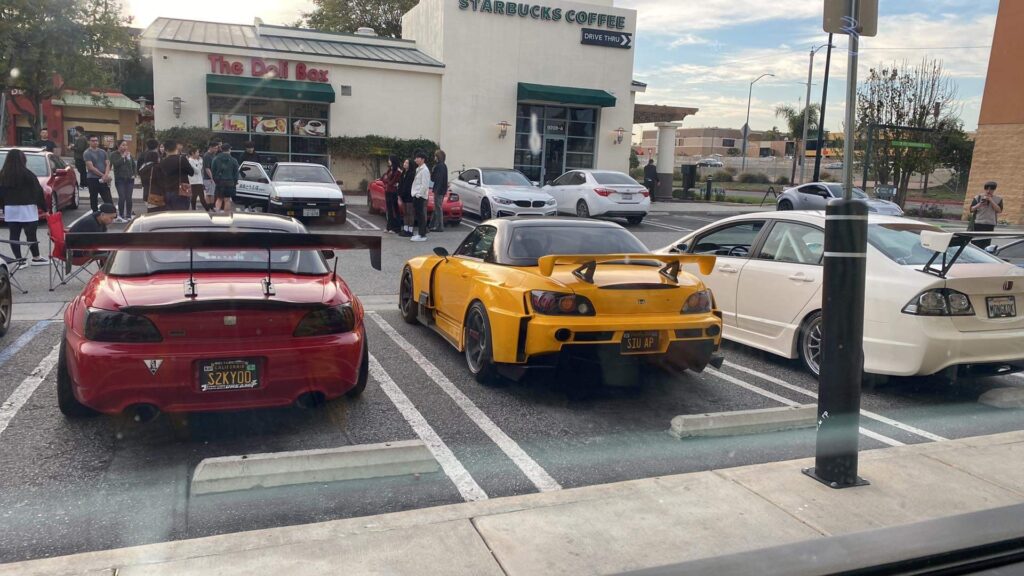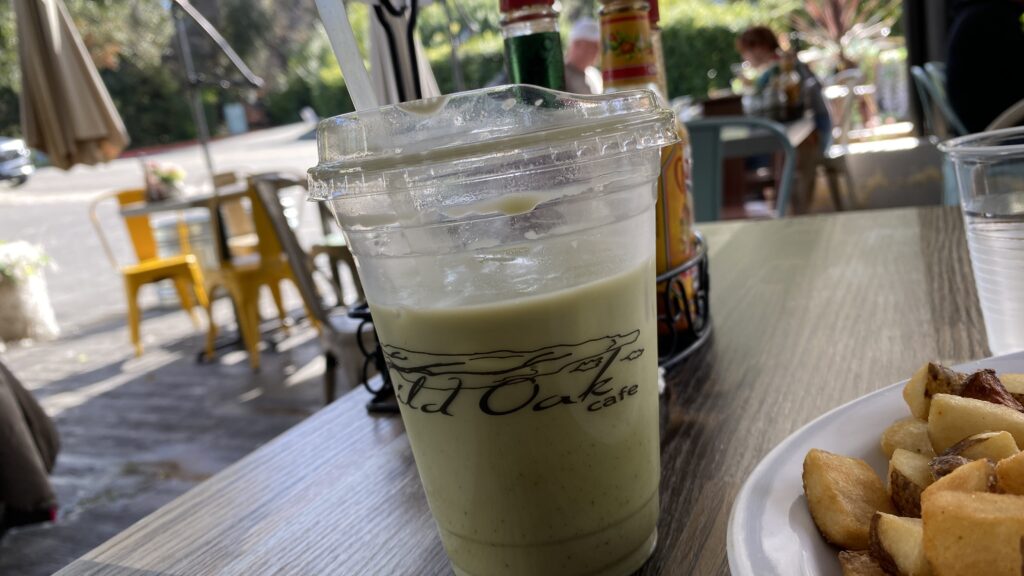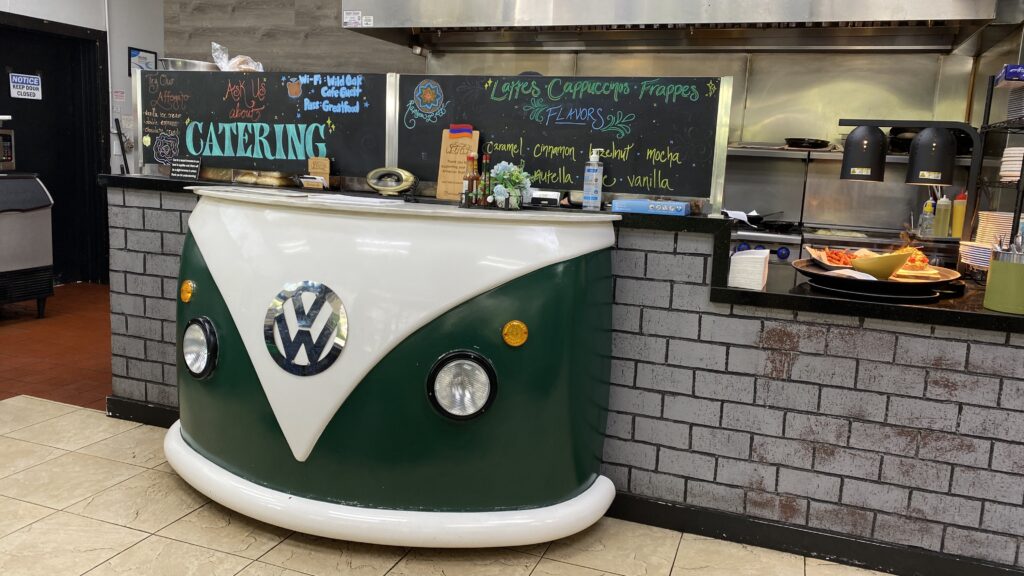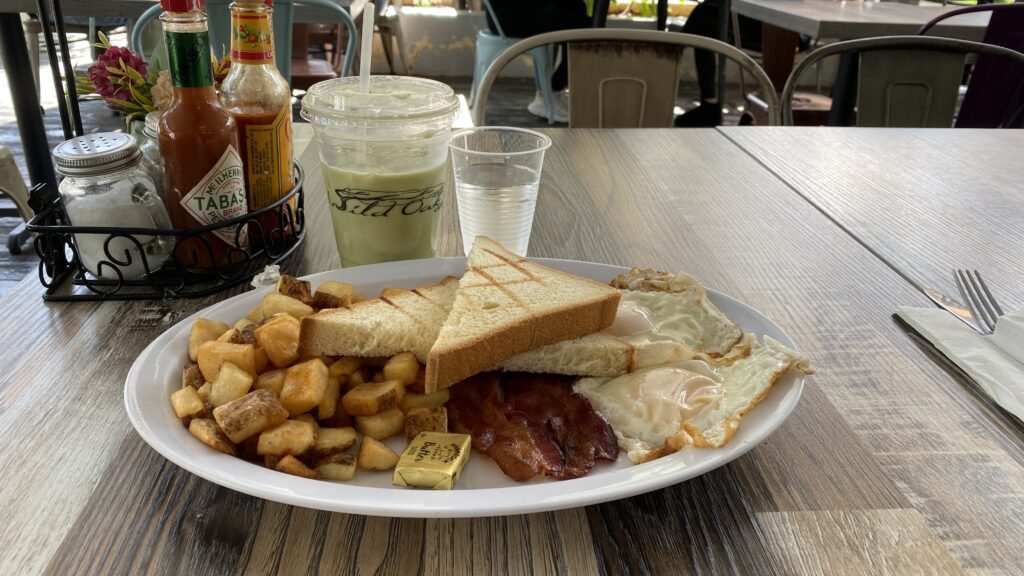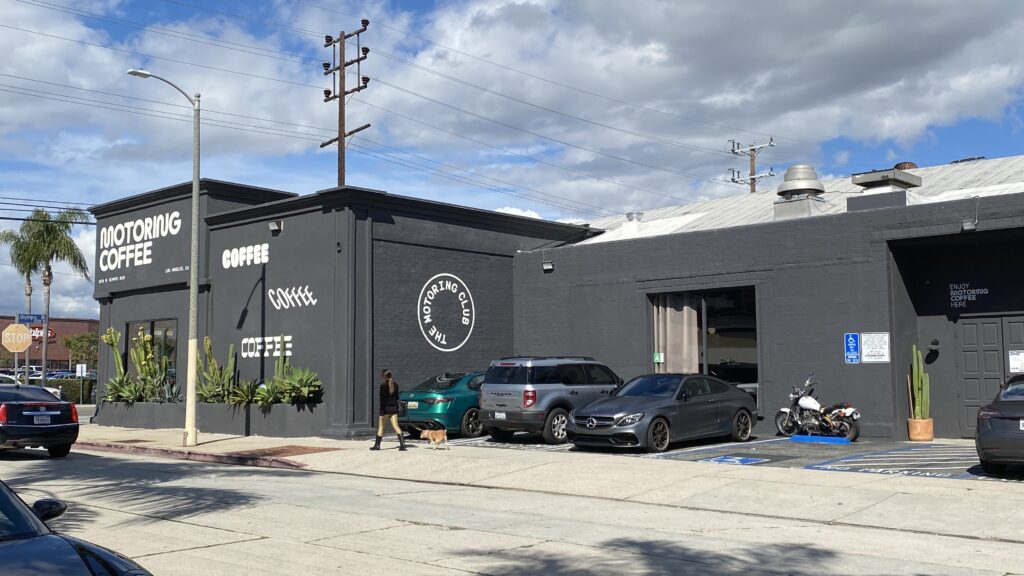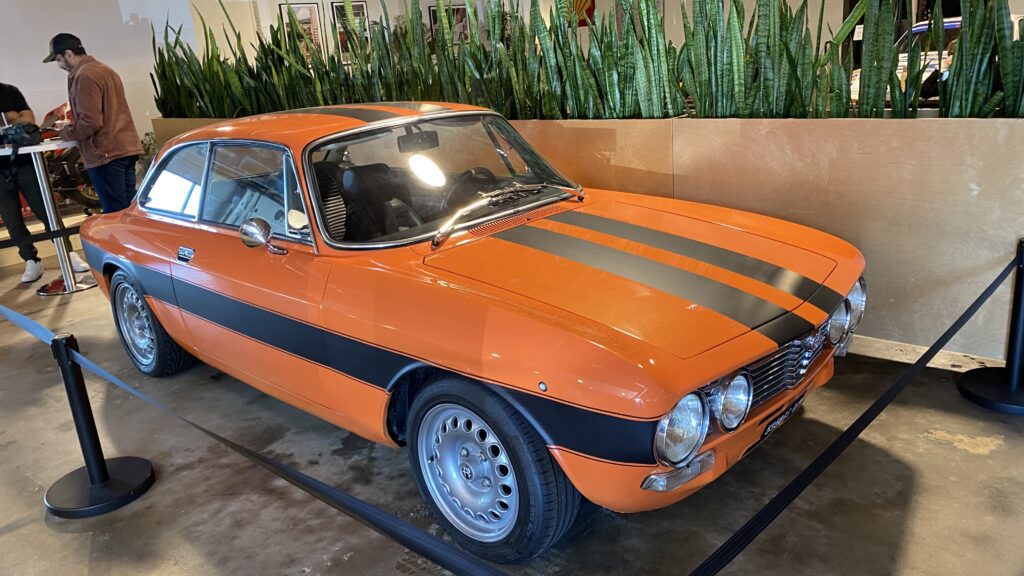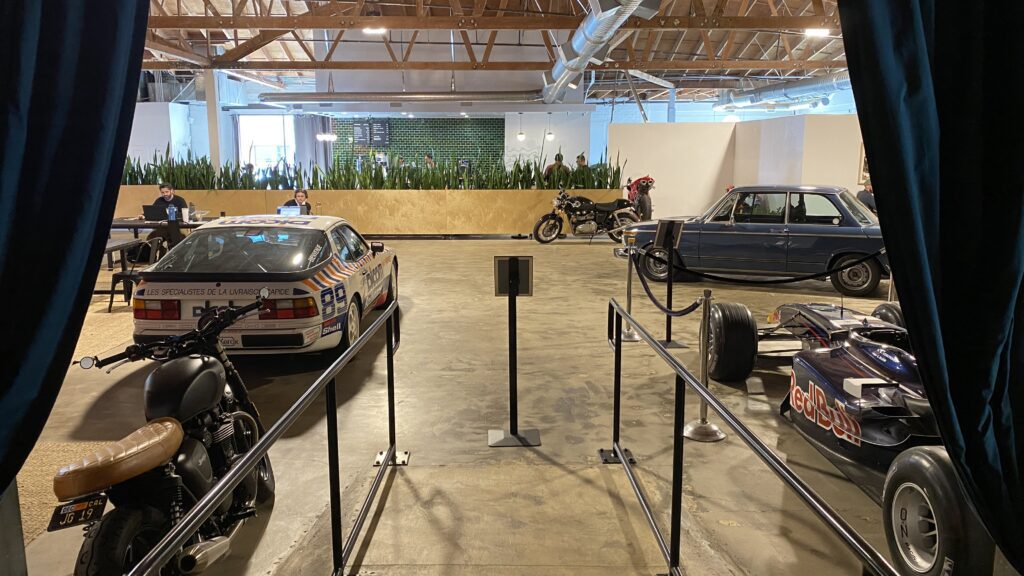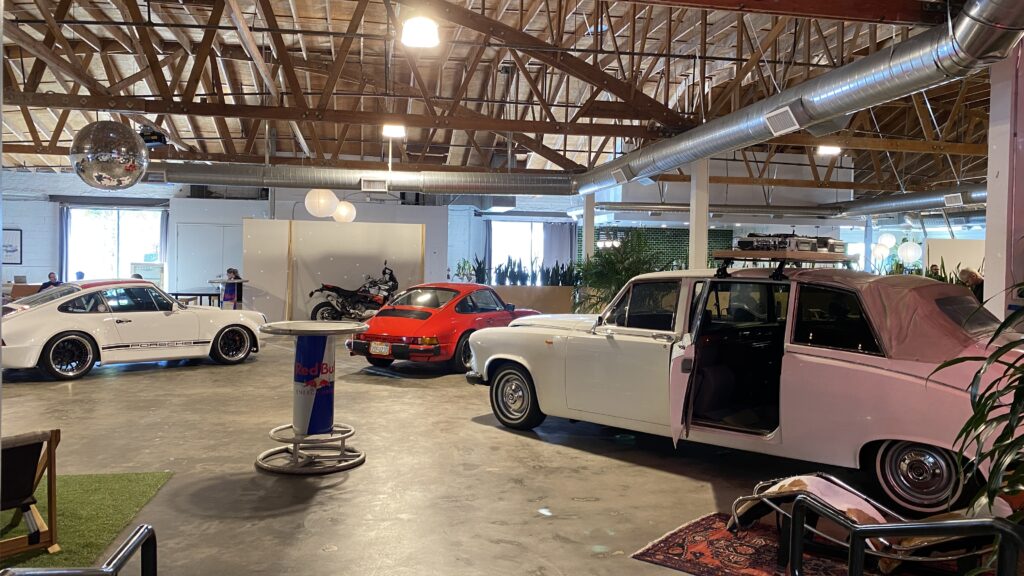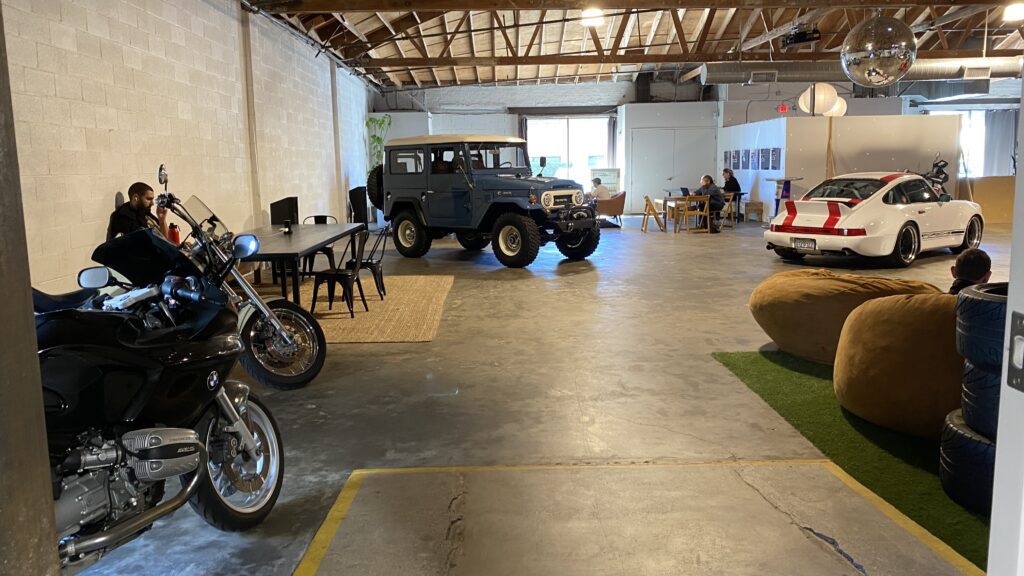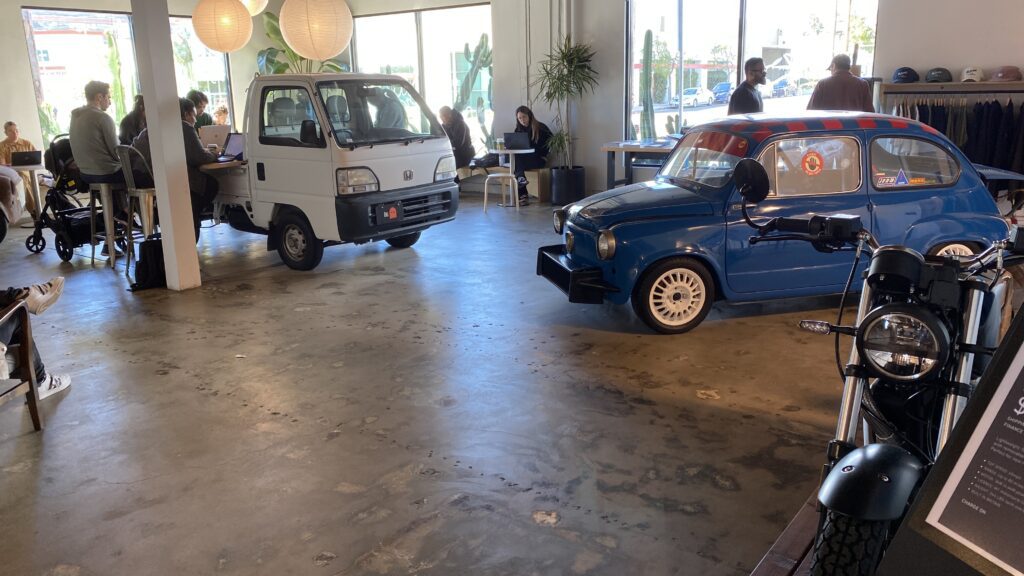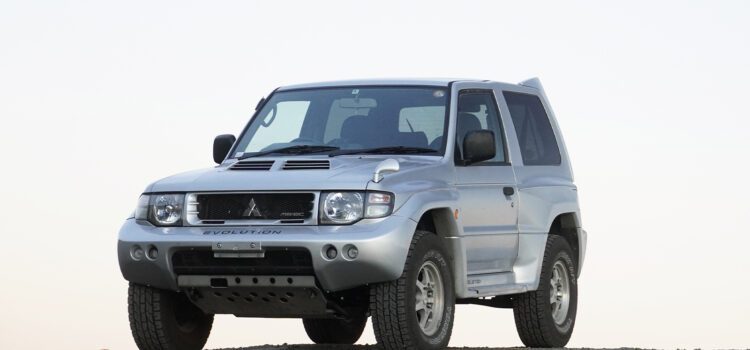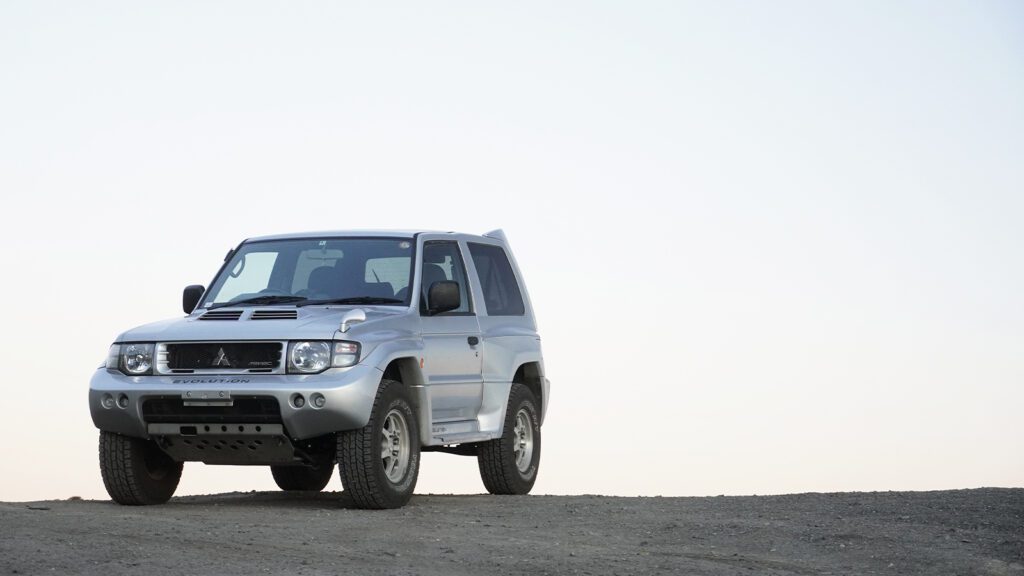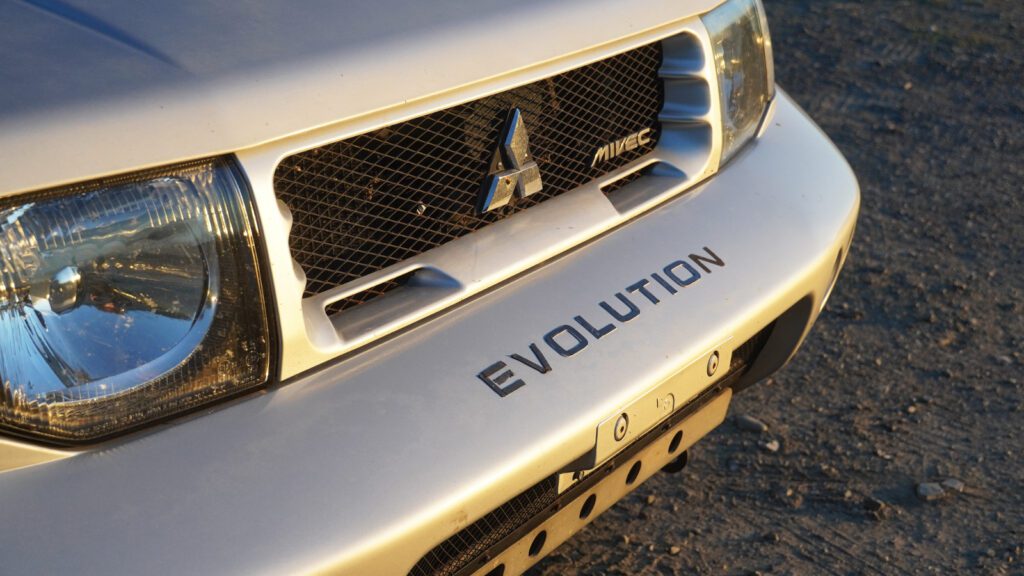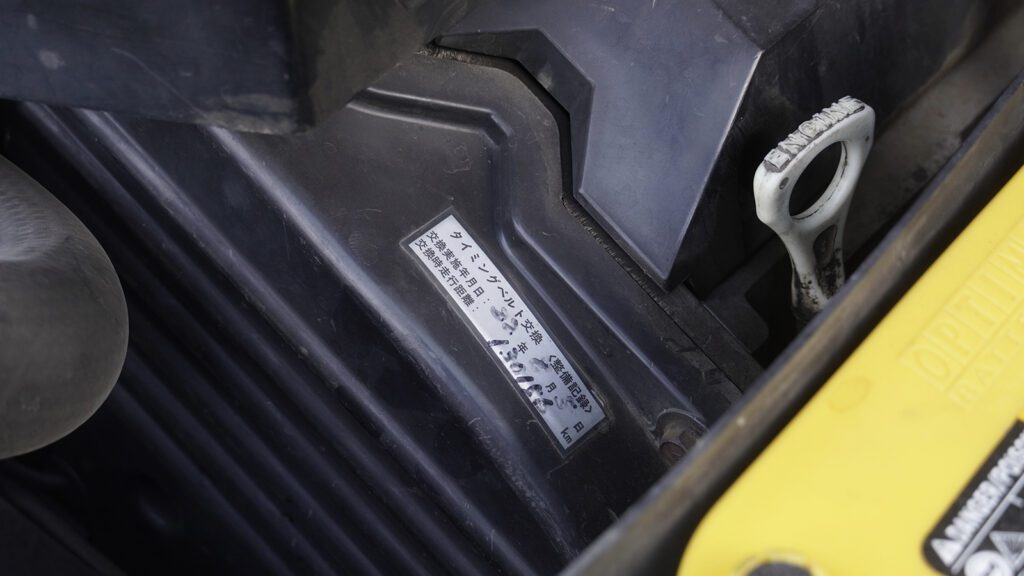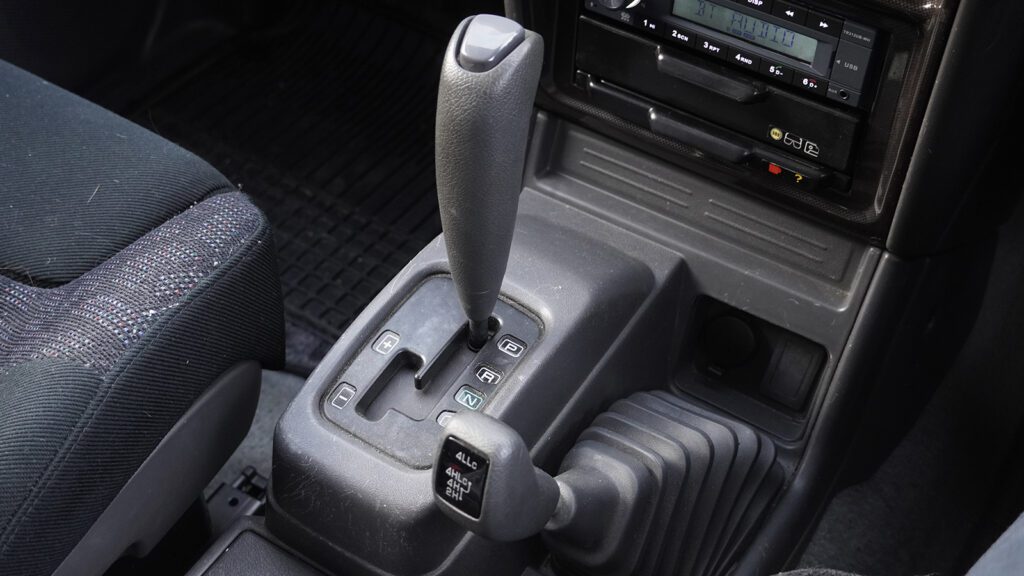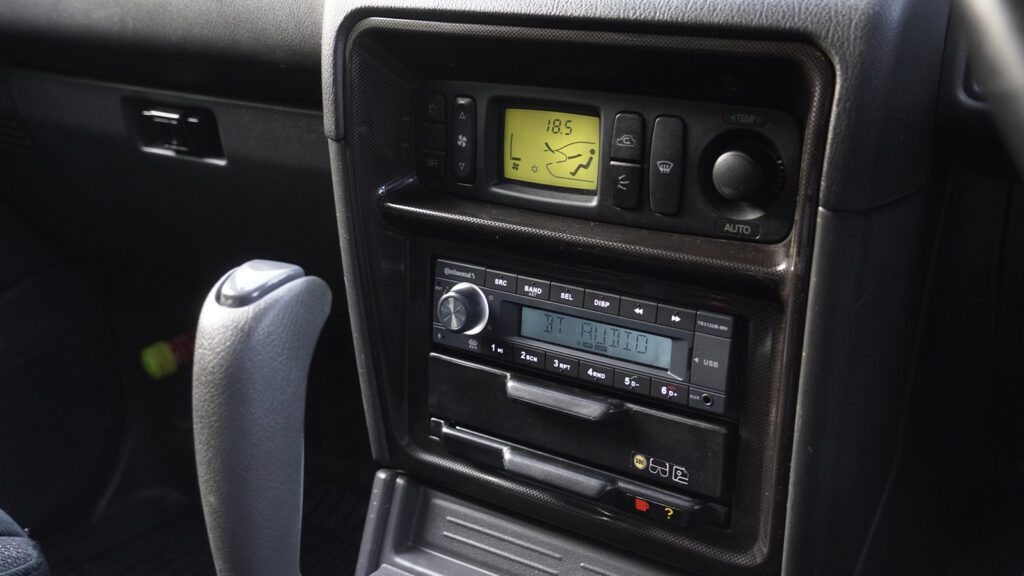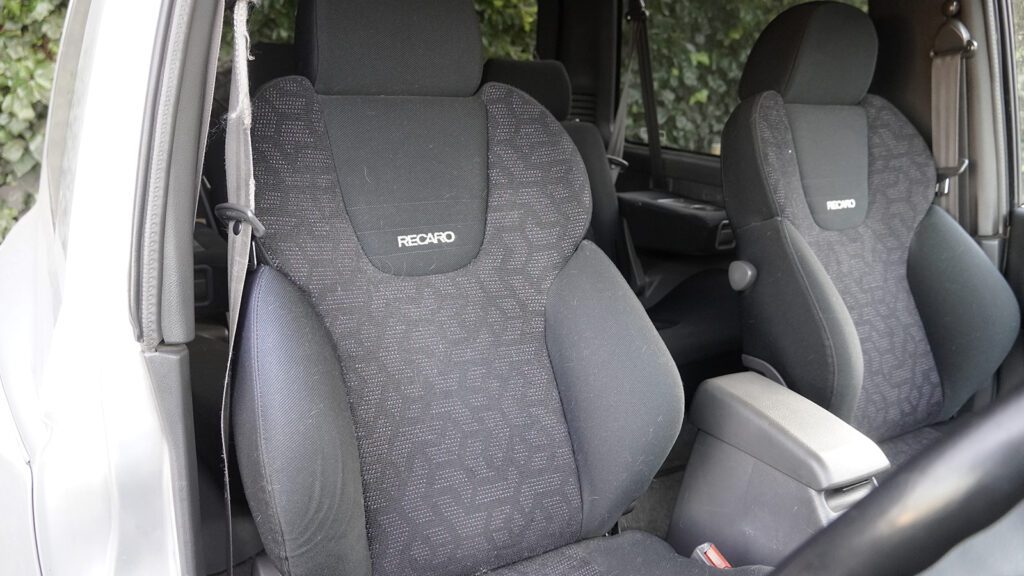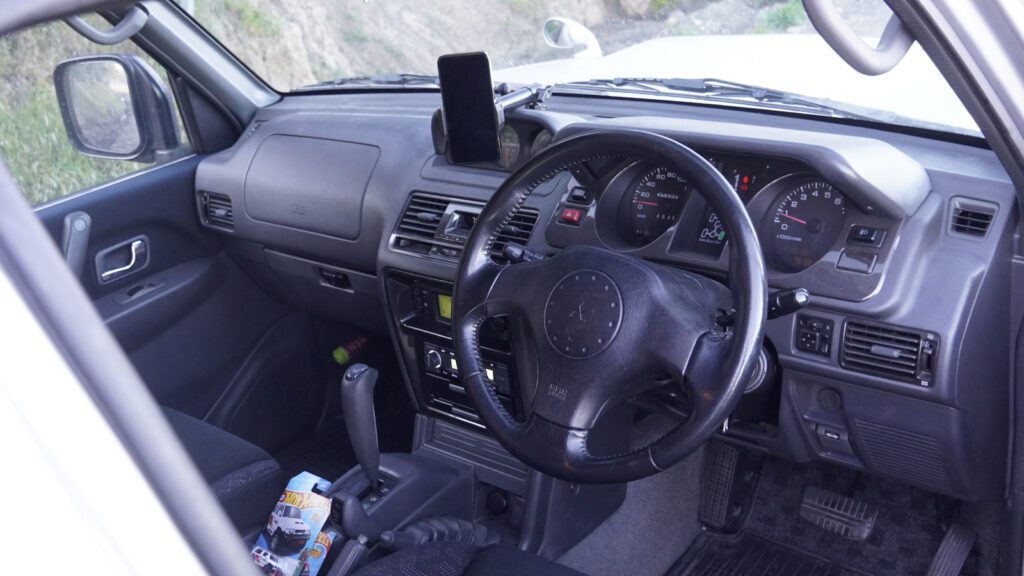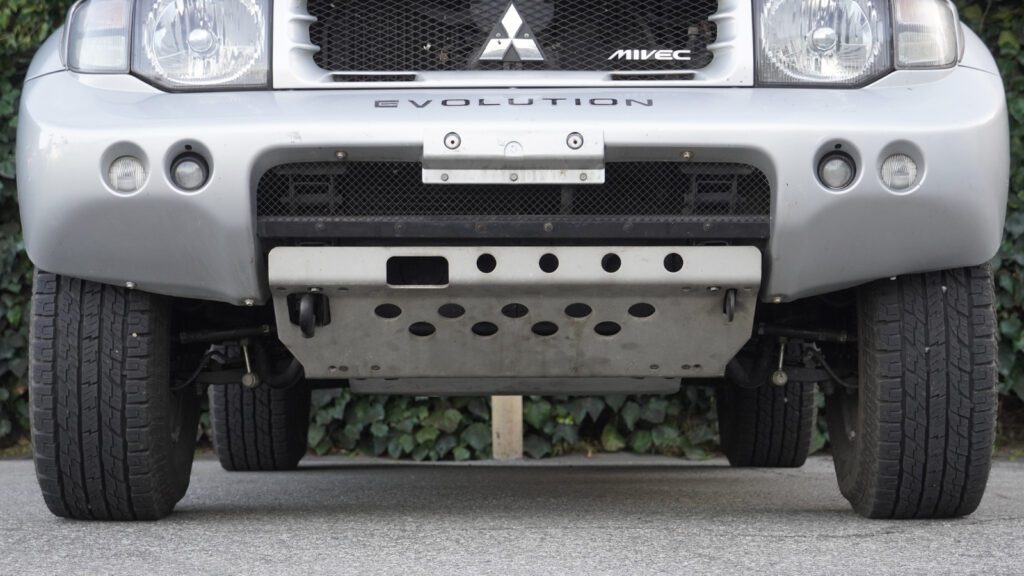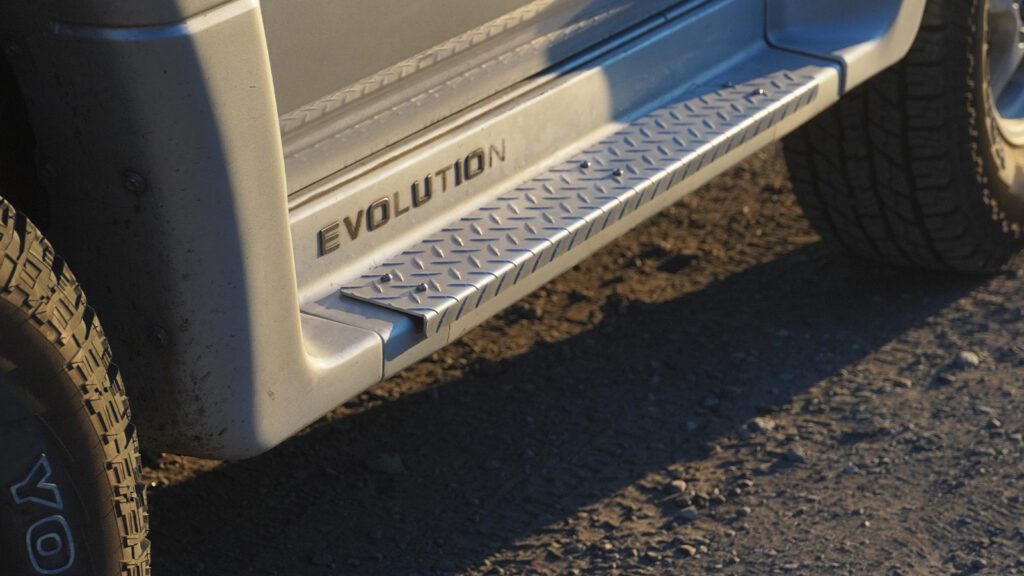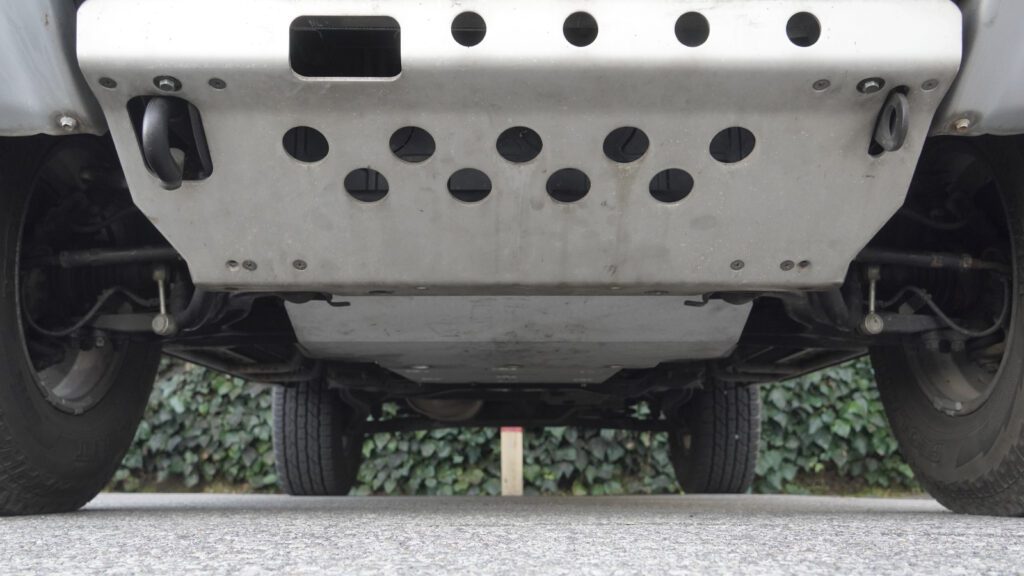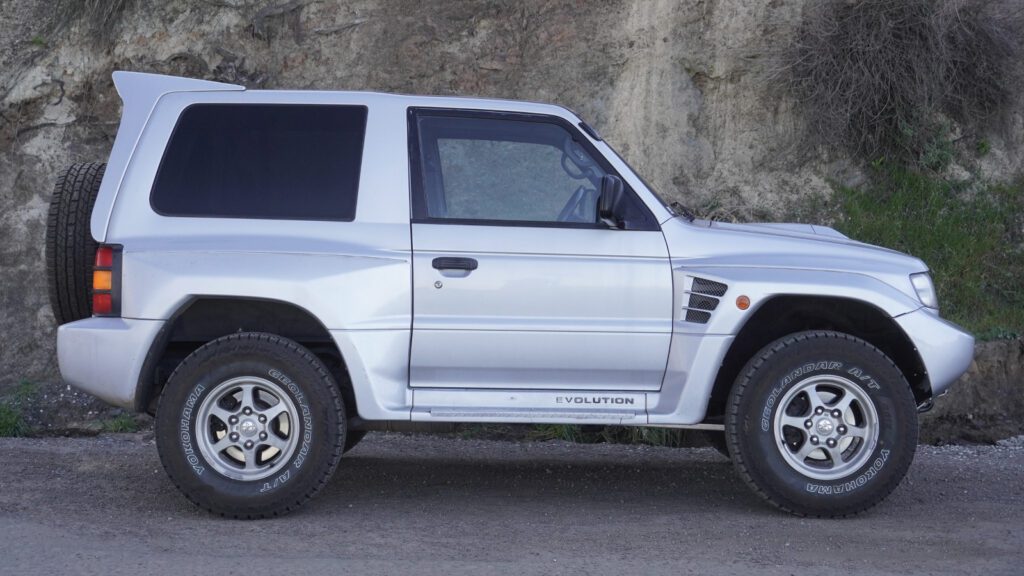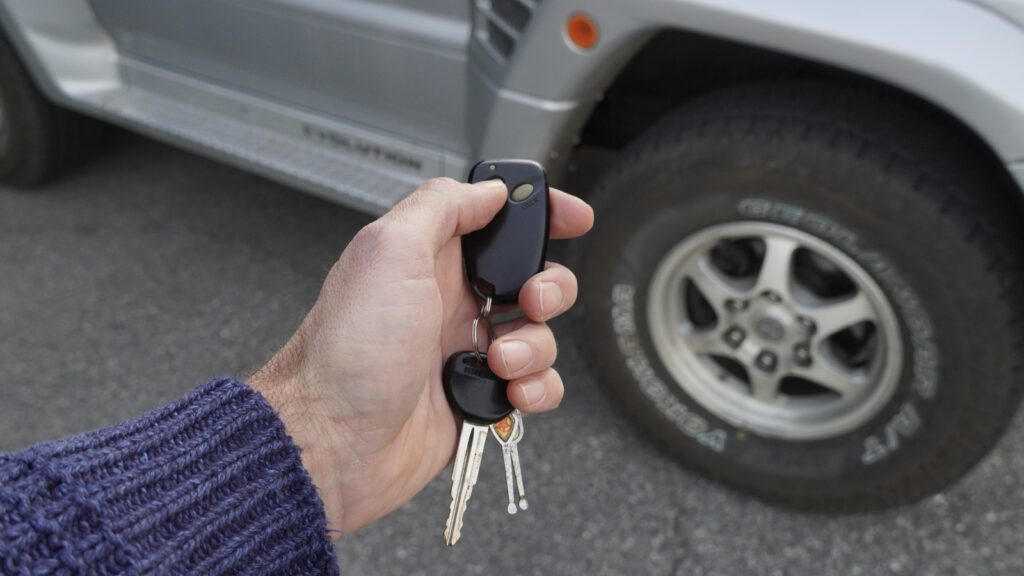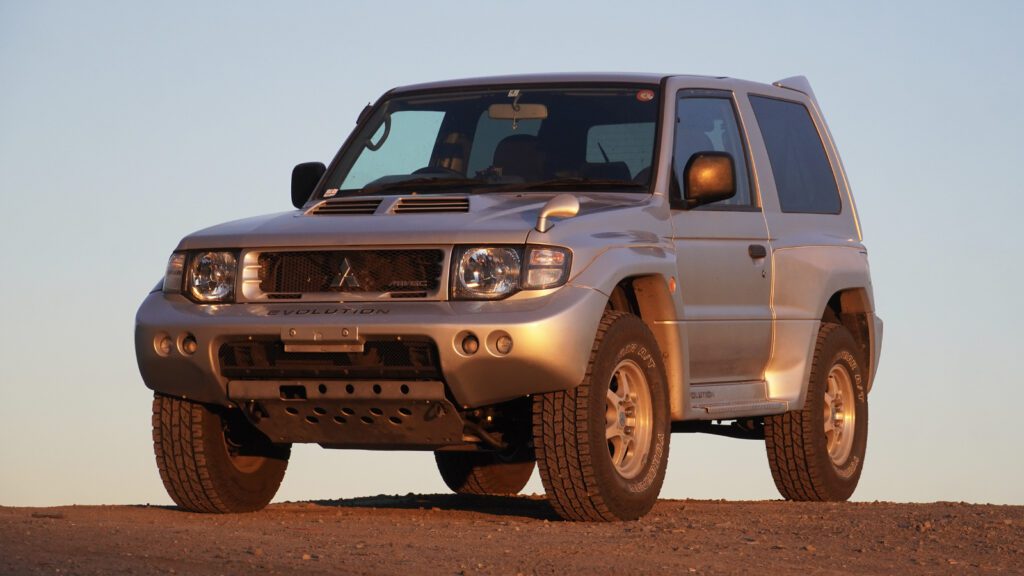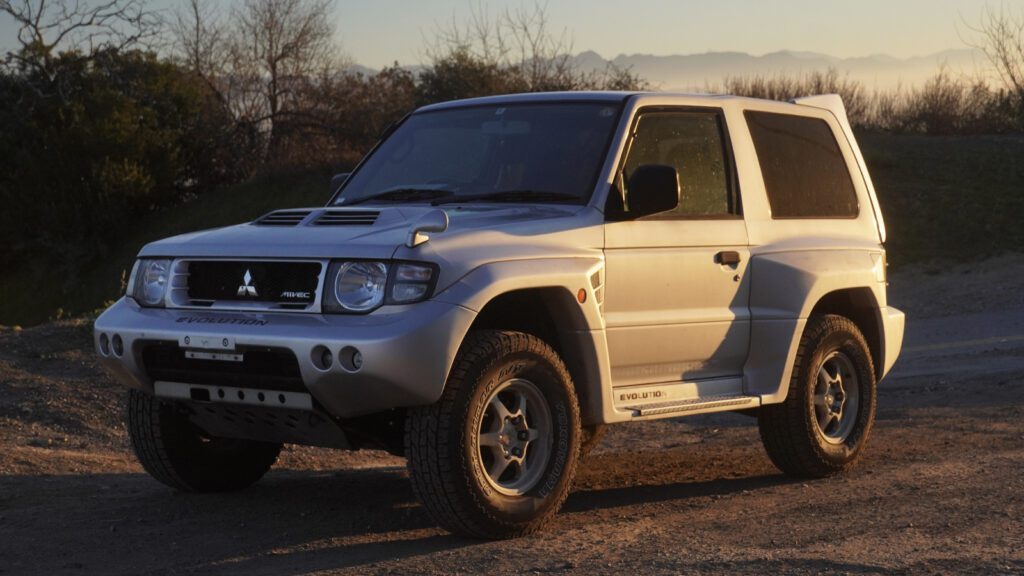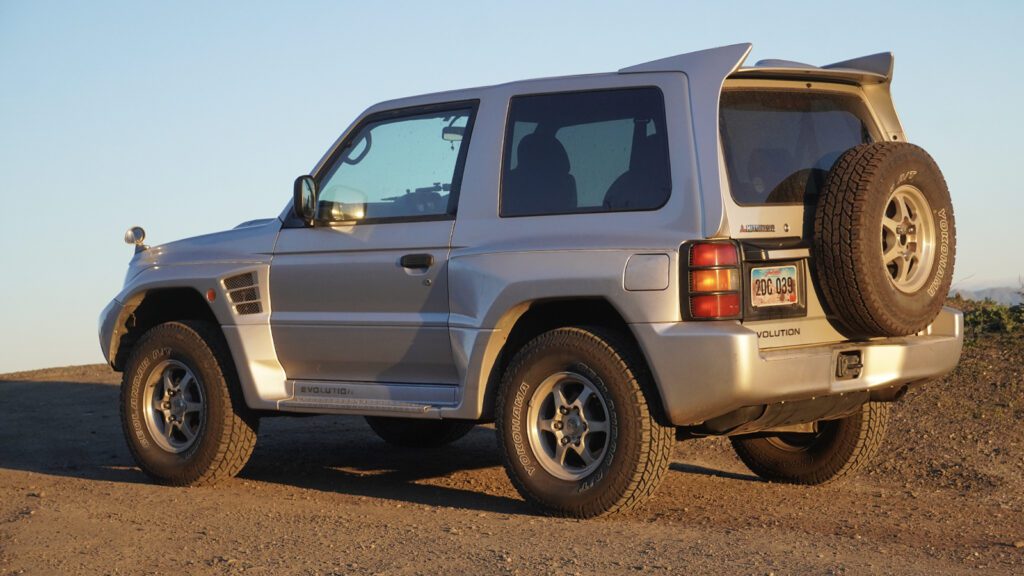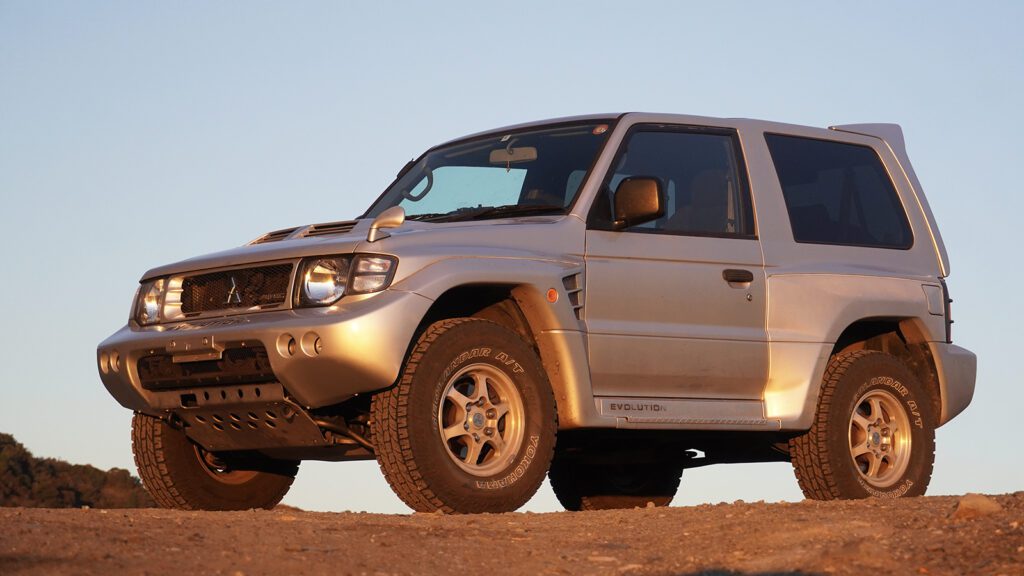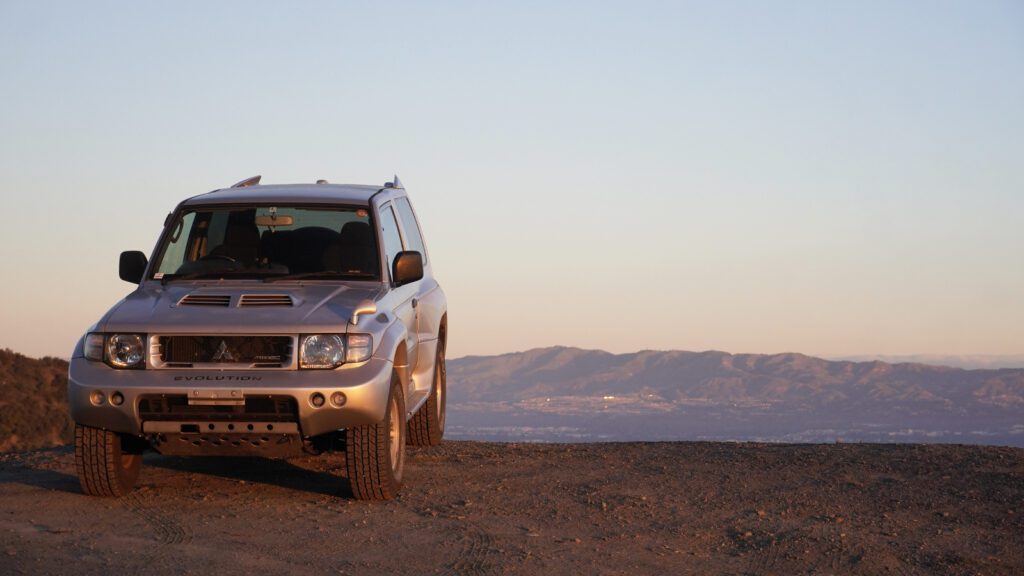The Long Way Home: Ending my military service with a 1,300-mile road trip in my track car
“Life has many doors, Ed Boy,” said a character in a hallucinogenic-fueled fever dream of an Ed Edd N’ Eddy episode. My, oh my, how that throwaway line stood the test of time.
Six years ago, 19-year-old me had signed one of the most transformative contracts to have ever put leashed me. Lost, despondent, in search of an edge in life after my first trainwreck of a college career, I enlisted in my state’s Air National Guard unit, and soon, it was a life of monthly drills and annual training with one of the best C-130 airlift wings. Fast forward six years, plenty of training months, a COVID emergency activation, another short-lived college attempt, a couple of entry-level car dealership jobs, and an overseas deployment, and my tenure has reached its end.
To extend my contract or not to extend? That was the question. Ultimately, it was the latter choice I thought would suit an older me best. But was the journey worth it, the option to join years ago and the choice to leave to fully pursue a career in automotive media? I couldn’t even say with a hundred percent certainty at the time, and my mind raced with a million possibilities for a life I hadn’t fully sorted out. But perhaps a little road trip would give me time to think.
By February of this year, my contract had finally timed out. Come April, I embarked on one last journey from my home in sandy, sunny Las Vegas up north to Reno to collect trinkets-turned-memorabilia from my locker and say some goodbyes to old friends. “Never say never,” they say, so I’m certain it wouldn’t be the last I’d see of any of them. But it’d certainly be the last I’d see most of them for a long while. So I prepared for the long haul and loaded a weekend’s worth of attire in the trunk of my less-than-practical 2022 Subaru BRZ, heavily modified for track duty by a good friend who previously owned it yet just livable enough to be my just-good-enough daily driver and, for this instance, an all-weather road-tripper. Maybe I should’ve listened to my mom and bought a Forester.

One last time on familiar roads
8 a.m. on a Friday, I psyched myself in for yet another 400-plus mile excursion on familiar two-lanes I’ve driven dozens of times on my way to Reno for Guard training and activation. It’s a simple trip, and I’ve driven for longer. But my goodness, that first run up to Reno is always a dreary haul.
Miles and miles of nothing but sand, rocks, the color brown, and, oh, look at that! More sand. The I-95 northbound eventually widdles down from a traditional four-lane highway to a two-lane country road, cutting through one of the most desolate parts of the entire United States without much in the way of other traffic to enjoy on-the-go car spotting. When you do, it’s often an 18-wheeler, a lifted pickup, or some Malaise-era rust bucket. Snoresville. Travelers making this journey, please bring lots of caffeine and a playlist of heavy music, and know that passing the inevitable semi takes a sharp mind and a bit of horsepower.
Occasionally, the wandering mind is treated to historic mining towns like Goldfield and Tonopah, popular stops for lab-brewed caffeine-in-a-can, fresh octane, and junkyard car spotting. Walker Lake near Hawthorne is Middle Mevada’s sample tasting of French Riviera motoring, with cliffside views, roadside homes and lodging, and flowing sweepers to let the BRZ stretch its legs a little, or at least when it’s not stuck behind a convoy of lumbering semi-trucks. Otherwise, the drive is mostly a bore.
Thankfully, the persistent bunch who cross into the Reno-Tahoe area are rewarded with flowing hills and lush greenery unheard of to a desert rat like me. But not me, though. I was greeted with a flash snowstorm that my all-seasons thankfully dispatched with somewhat ease and with only a little bit of pants-browning on my end.



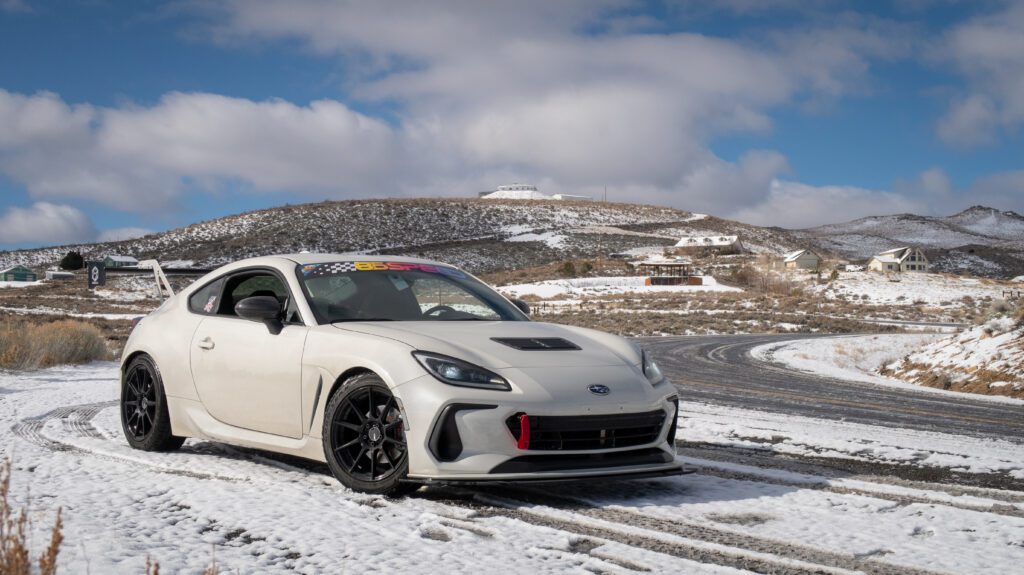
Farewell and thanks to the airmen who guided me
Through snow and slush, I made it to my home away from home in time to make one last round at the local Air Guard base. I didn’t think much about my future on the way up. All I could think of was escaping the The Hills Have Eyes counties and high-tailing it to civilization to the hotel check-in desk without turning the BRZ into another road safety statistic. Shoutout to Goodyear for making stellar rubber and my friend who loaned me these hand-me-down tires.
The next couple days were spent filling my travel cup with sentiment and nostalgia for days when younger me didn’t give a damn about anything other than the weekend. Coworkers in my shop said their goodbyes and their best wishes, imparting their post-service benefits advice as I loaded my Little Subie That Could with old military uniforms. I rendezvoused with old friends and reminisced on our times together, from student flight to basic training and on to our first and only deployment together to the shores of Northeast Africa. Djibouti was a blast, and now we were left pondering on the next steps in our lives as my friends also contemplated life after service and whether they should continue or also part ways.
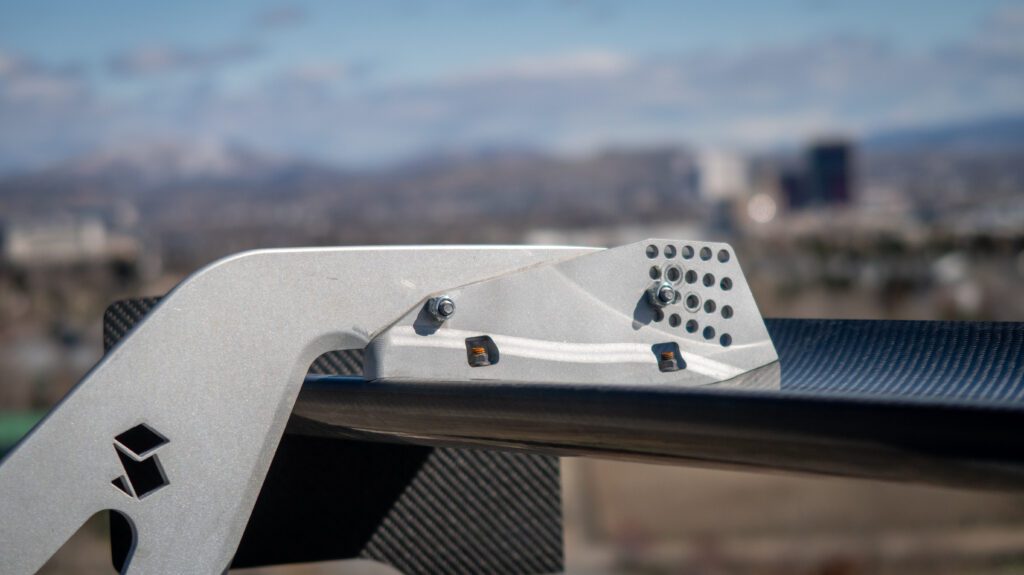
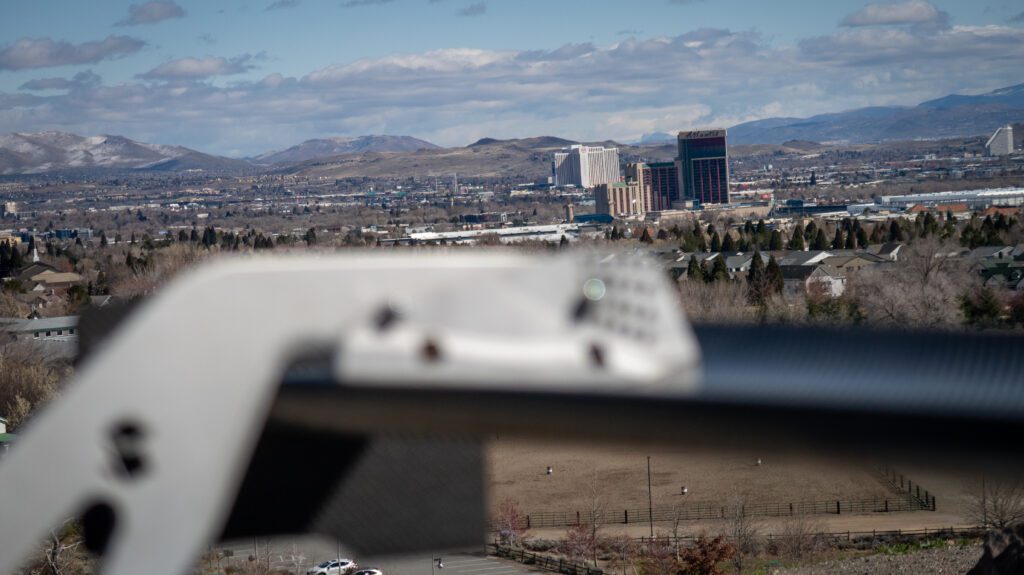
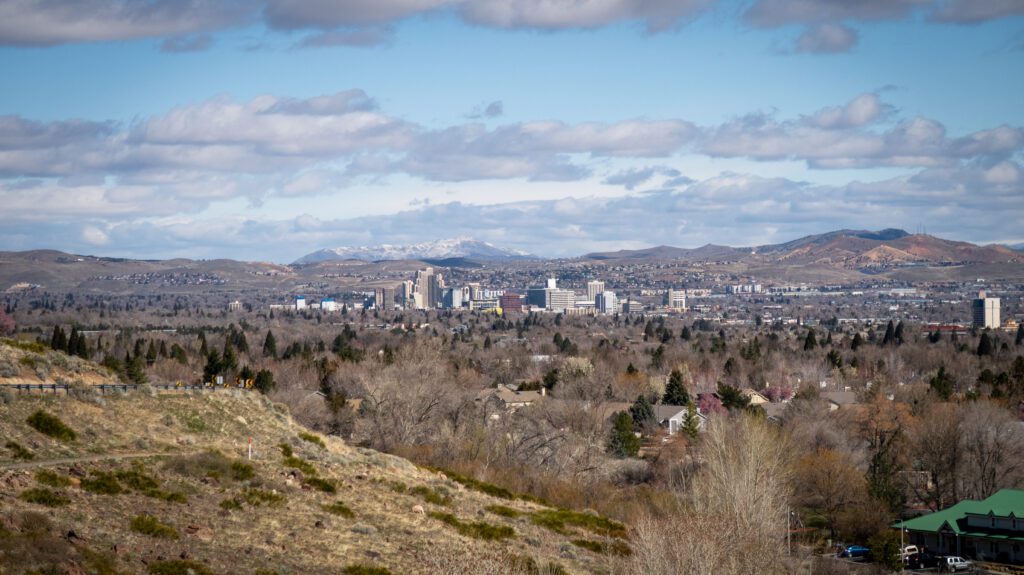
It’s a volatile time in the world, and we Gen Z brats hardly give much thought to where we’ll be in a year, let alone where we’ll be in a decade. Keeping with the typical Asian-American family dynamic, I’ve faced immeasurable pressure to succeed and fall into a field where stability and security are at arm’s length away. Doctor. Nurse. Engineer. Stay in the Air Force and make officer ranks. Right. Perhaps I damned myself with any sort of digital media gig, instead falling into a purgatory where I teeter between abundant hope, feeling like a million bucks and that I’m on top of the world, or feeling like I’m on the verge of imminent failure at all times. Better Help, take my money.
Anyway, enough existential crisis. We’d rather not spoil the moment. We had late-night pancakes to finish and celebratory liquor to down.
The long way home
So came the end of my military service, out with a laugh and some drinks rather than some big bang of a TDY like I thought it would. Still, so many friends I wish I could say goodbye to who were either away on their own TDYs or had already separated from our unit and dropped off the face of the earth. It was goodbye, but not for forever. I still owe my best friend from basic training a dual at Thunderhill against her Camaro. That’s for certain. Now, how to make this final run home count.
Ah, yes. Here comes Apple Maps to the rescue once again. This time, pitching me an alternate scenic route that takes me down past Yosemite and Mammoth Lakes, running alongside the Sierra Nevadan mountains before dumping me in the I-15 between home and Los Angeles. It’d extend my trip by over a hundred miles and turn a six-hour drive into nearly nine.
Sure. Why not? It’s the weekend, after all. It was one of the routes Maps always recommends you take, but you never do out of “I ain’t got time for that.” But on that particular weekend, I had all the time in the world.
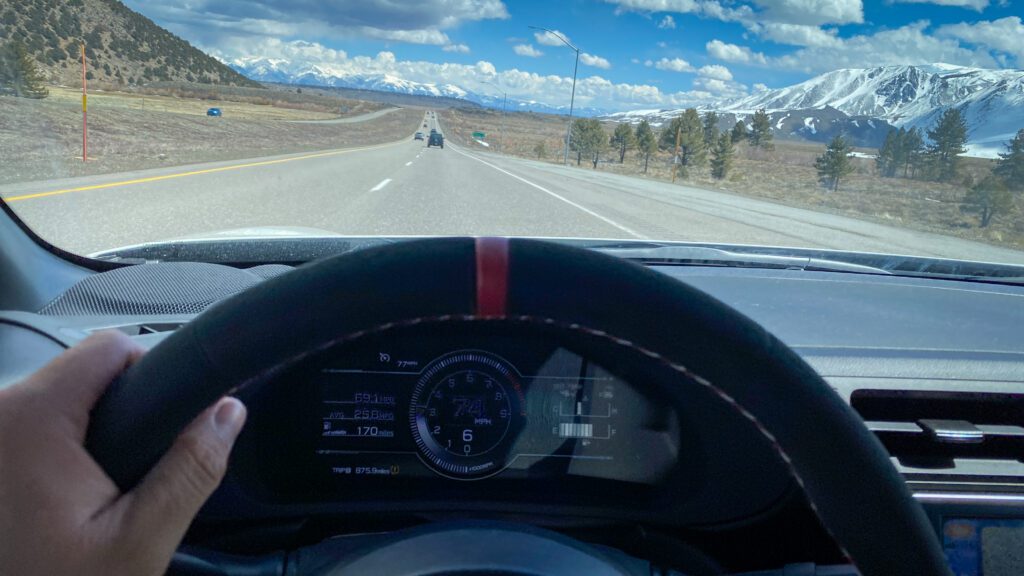

Onward I went. From Reno down south past Washoe Lake and into Carson City. From Carson City into Gardnerville. And from Gardnerville into God knows where I was after that, but man, it sure was breathtaking. The highway departs northern Nevada suburbia and begins to snake up and down, in and out of the nearby snow-capped hills, soon dumping me on the coast of Topaz Lake. Or so the signs said it was Topaz Lake.
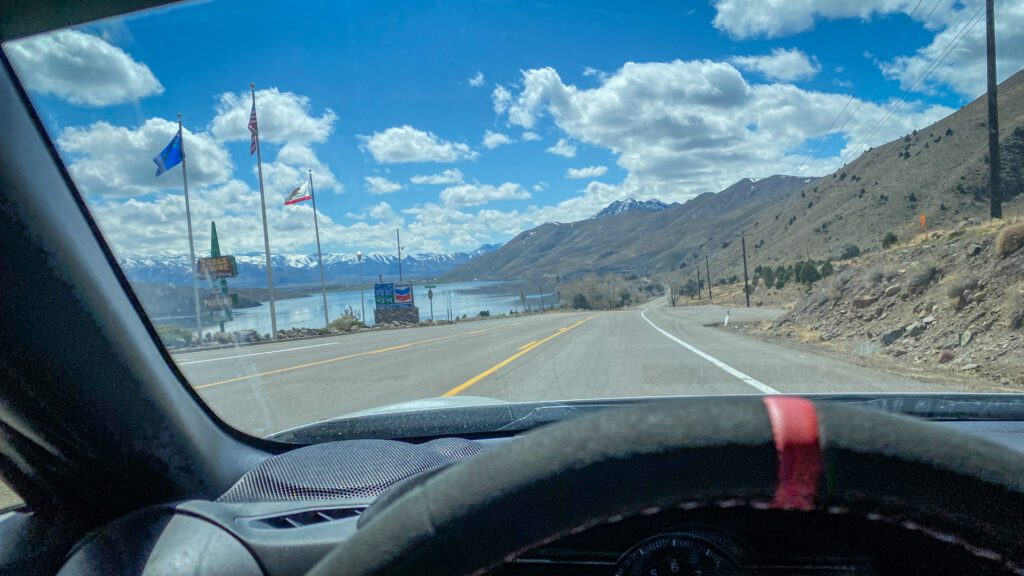

I was in and out of agricultural lands I never even knew existed in this corner of Nevada and northeast California. I wanted to believe that once you’ve seen a few patches of grass driving up the I-5 between SoCal and The Bay, you’ve seen them all, but this was different. Familiar yet alien. It was like the drive up here except with more greenery and less creepy crack houses and brothels. The hours ticked away, and a few podcasts and playlists were crossed off. I passed a junction flooding with tourists bound for Mammoth Lakes, soon followed by a drastic descent from the treeline down into a valley where the Sierra Nevada mountains grew from mere hills to gargantuan towers, with their snow line soon disappearing from beneath your hood and rising high above.

I know we car enthusiasts often bemoan freeway road trips versus secluded backroads, but come on now. Sometimes, it’s worthwhile to leave the sports car in Comfort mode and cruise, especially when the freeways look like this so you can stare at nature’s creations you wouldn’t see anywhere else. And I couldn’t ask for a better sports car for such a journey. Or, well, maybe I could. Nah, who am I kidding? I could. But it got the job done.
The greatest and worst GT car
For hundreds of miles upon miles, the little BRZ came into its own and made good on my claim that it’s the world’s cheapest GT car and surprisingly capable tourer. Mostly. I mean, that GranTurismo Trofeo from a couple months ago would’ve been epic, but we embark on journeys with the tools we have, not the tools we want.
My main compliments from my press car review last fall stood strong: ride quality was remarkable for such a small, cheap car, even on track-focused coilovers that my friend had set to nearly maximum stiffness. Potholes were of little to no concern. All-season tires were game-changing in how my car tackled the rain and later snow and slush in the Reno-Tahoe area, encouraging me to explore the snowed-out country two lanes nearby. The seats were oh-so-cozy, and their fiery-hot, ass-searing heating elements came in clutch. Toasty!

The aggressive alignment could do with a little less tramlining, even with skinny, not-so-race-ready rubber. Just a little. And the fuel economy with the massive aero took a notable hit versus a stock BRZ. The mpg wasn’t bad, but the economy hit, plus the small tank, meant the range was sometimes a bitch. Still, I couldn’t complain. It was a fantastic and wonderfully capable driver’s car, and nearly running dry near a gas station at the base of the Sierra Nevada mountains, just within a stone’s throw of Mount Whitney, was its own blessing in disguise.
Even Bob Ross would still stop and stare, and maybe he’d even paint my car a happy little friend.
Final thoughts on my final stretch
A great trip needs a great finale, and I found one on a familiar highway traversed by my family as well as millions on a regular basis. As the valley of otherworldly mountains spat me out onto the I-15 and the arid desert, I reflected on the life I led and the one I had been given. If you told 20-year-old me that those high school dreams of getting paid to write about cars like my favorite automotive personalities, I would scoff and probably give you a good gut check for playing with me like that. It was a dream that felt out of reach under the pressure of family conformity and utter confusion at how people even broke into this industry. Now, I look back, grateful I took the leap I made, although fearful for an increasingly uncertain future in such a volatile field. But hell, I made it this far, didn’t I?
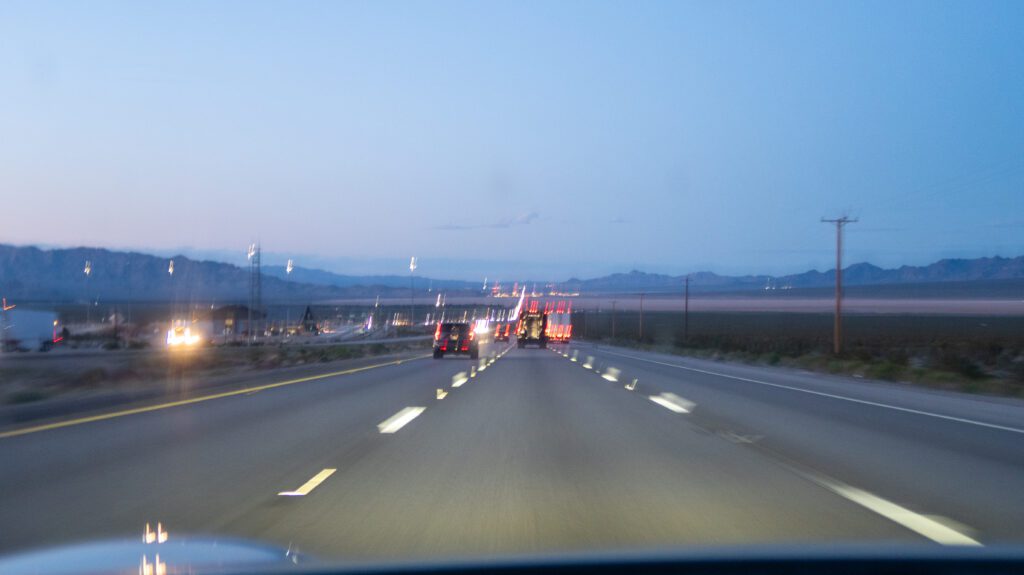
Whether I was a humble freelancer or Supreme Editor Overlord of Road & DriverTrend, the truth was I had made it into a career I had dreamed of but didn’t think possible. All I have to do is run away with it and not look back. And that’s probably the best advice I can give a stubborn dreamer fueled more by passion than material desires. If you see a window of opportunity, any window, big or small, jump straight through it and never stop. Of course, play your cards right and play them smart, but don’t back down lest you discover the biggest life regrets come when you throw in the towel on your endeavors.


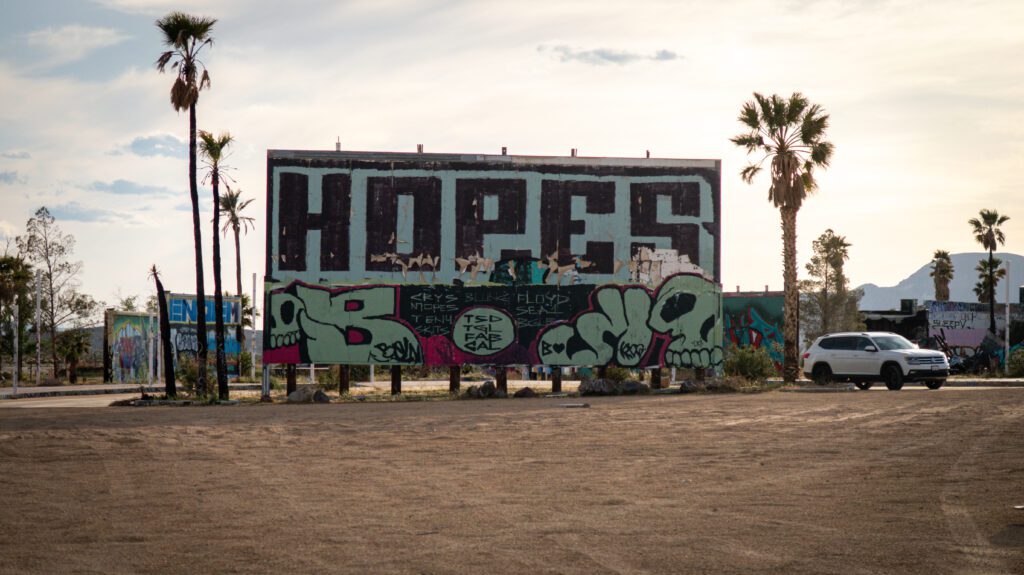
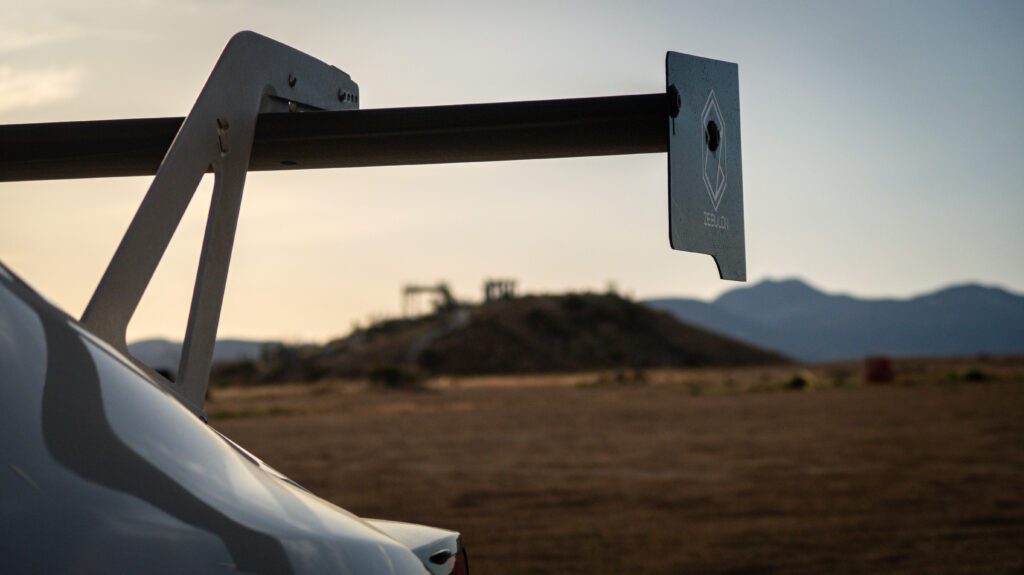
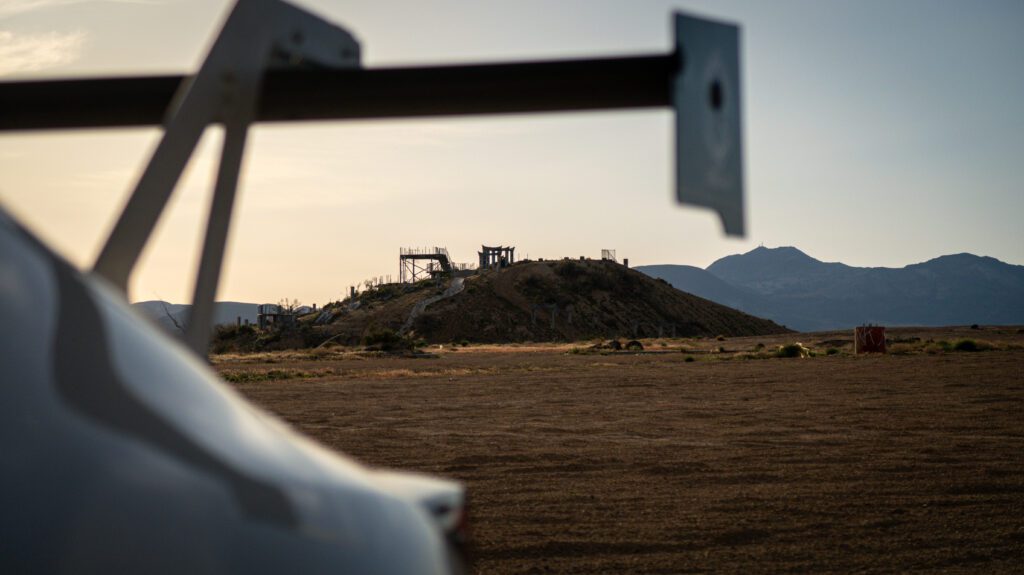
Is my career perfect? Fuck no. But I’d still be parking cars or bouncing between lecture halls for some dead-end major at the university right now if I didn’t take that chance.
As for the Air Force, it’s safe to say that chapter ran its course as this new avenue of digital media and the oh-so-fantastic world of adulting (and for realsies this time) just turned green for me. Come to think of it, aside from extra coin, a splash of life guidance, and a bit of adventure, I can’t fully recall why exactly I enlisted in the first place. But while I’m deciding to part ways and begin anew, I’ll forever be grateful for all it gifted me, even as a mere Guardsman. And so onward I go into this new career I’m building from scratch. I will always look back on that uniform fondly.


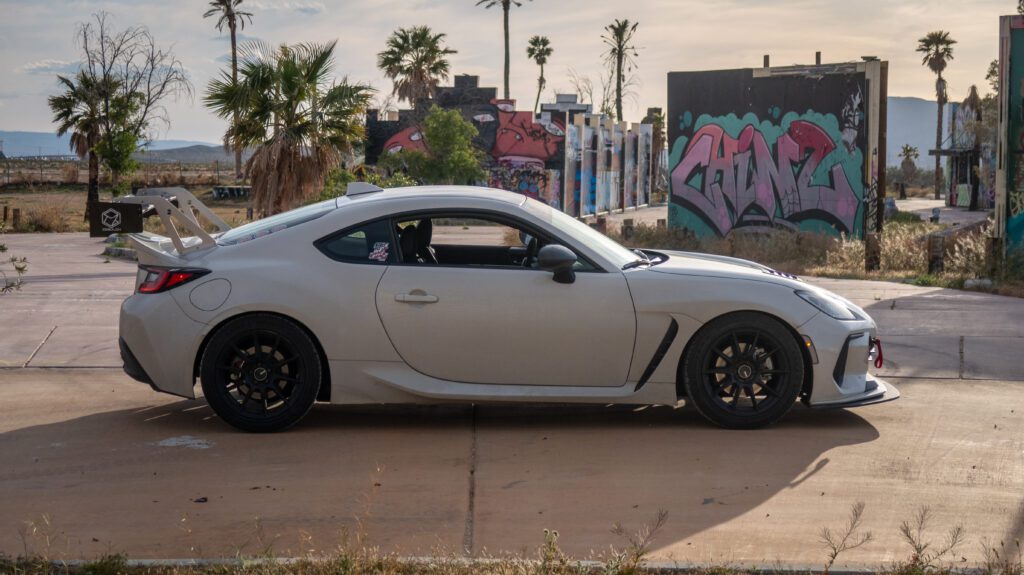
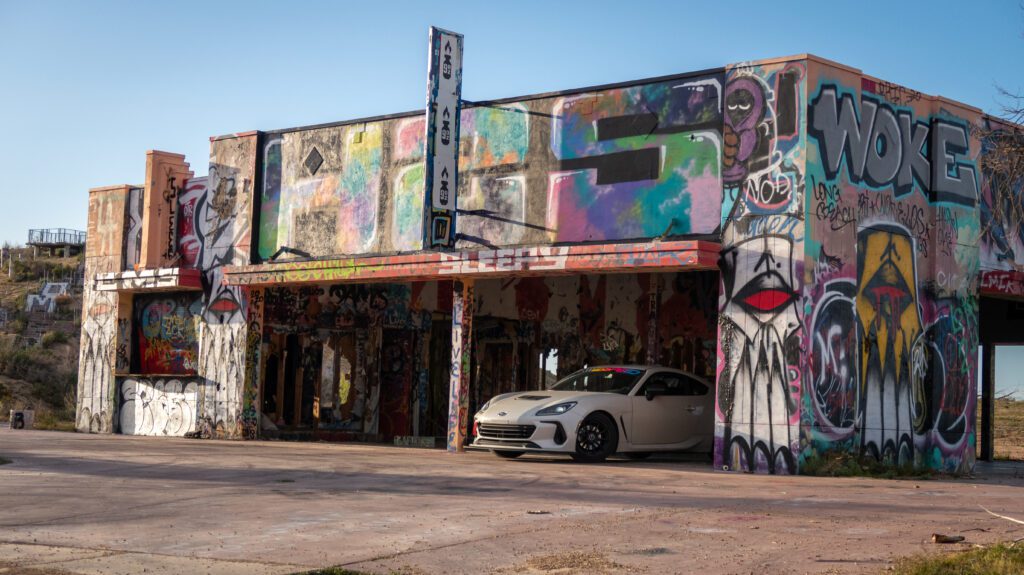
I started this trip overflowing with anxiety and my mind racing. “What’s next? What am I going to do? What if I fail at this? Should I have stayed enlisted? Should I change careers?” On the last leg home, my mind fell at ease, only asking one thing at the moment: “Lake Dolores Waterpark looks beautiful under the setting sun, doesn’t it?”


